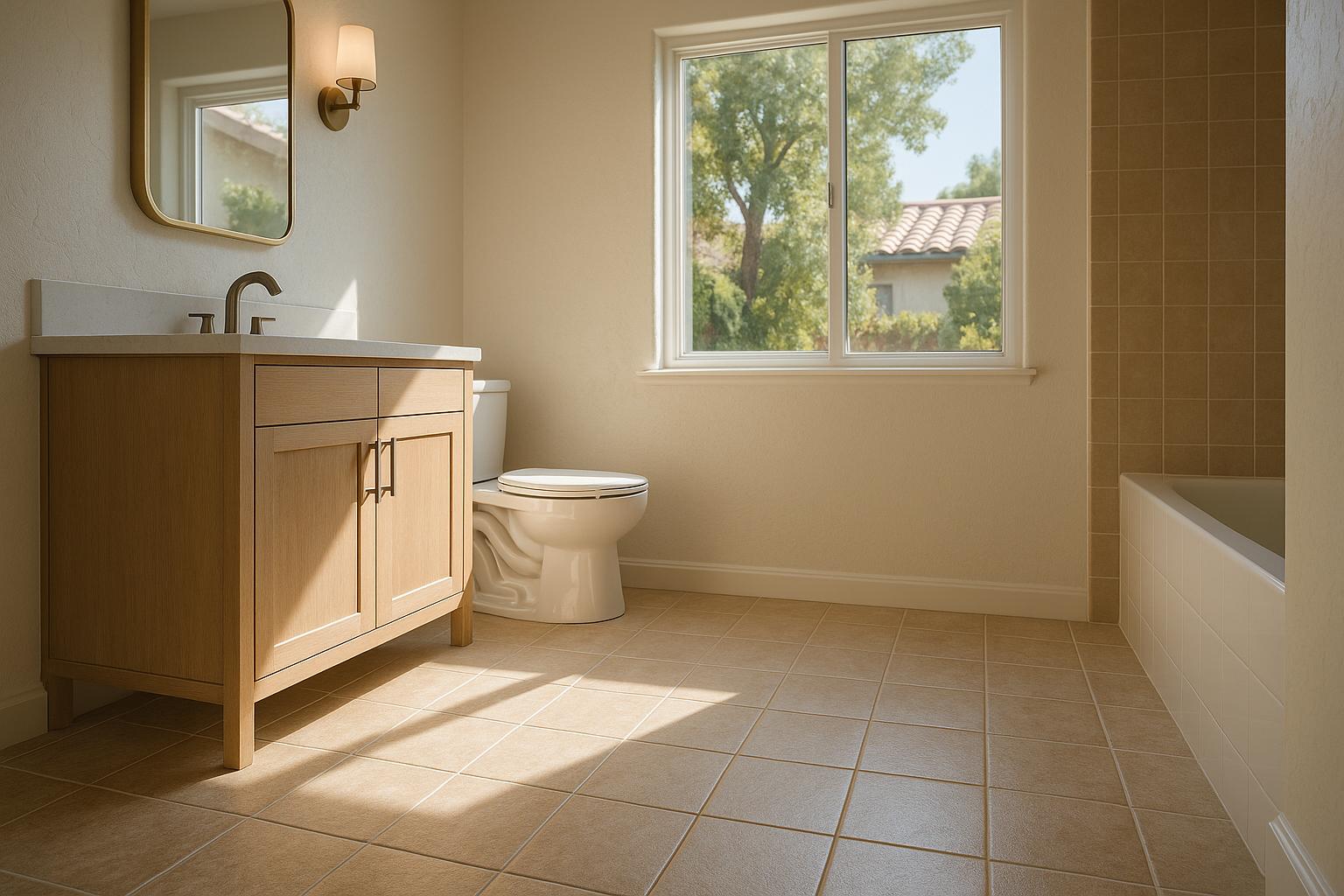Heated Floor Cost Calculator for Warmth
Estimate the cost of installing a heated floor with our easy calculator. Input area, system type, and more to get a detailed breakdown instantly!

Estimate the cost of installing a heated floor with our easy calculator. Input area, system type, and more to get a detailed breakdown instantly!
If you’ve ever dreamed of stepping onto warm floors during a chilly morning, radiant heating might be the upgrade your home needs. But before you dive in, understanding the potential expenses is key. A heated floor system can transform your space, adding comfort and even boosting energy efficiency, but costs vary widely based on factors like area, materials, and whether you go DIY or hire a pro.
Several elements play into the final price tag. The size of the area you’re heating is a big one—larger spaces naturally require more materials and labor. Then there’s the type of system: electric setups are often more affordable upfront, while hydronic options might save money over time in bigger homes. Don’t forget flooring materials—tile works seamlessly with most systems, but hardwood might need extra care. Finally, installation preferences matter. Tackling the project yourself can trim expenses, but professional help ensures it’s done right. Use a reliable calculator to get a rough idea, then connect with local contractors for tailored quotes that match your vision.
These estimates are based on average costs for materials, systems, and labor across various regions. They’re meant to give you a solid starting point, but actual prices can vary depending on where you live, the specific contractor rates, and any unique challenges in your space. For the most precise numbers, I’d recommend getting a few quotes from local pros after using this tool.
Electric systems use cables or mats under the floor to generate heat and are often easier and cheaper to install, especially in smaller spaces or during renovations. Hydronic systems, on the other hand, rely on heated water running through tubes and are typically more efficient for larger areas, though they come with higher upfront costs. Your choice might depend on your home’s size, energy costs, and long-term goals.
Yes, DIY installation is possible, especially with electric systems, and it can cut down on labor costs significantly. However, it’s not a walk in the park—mistakes can lead to uneven heating or even damage to the system. If you’re not confident with electrical work or flooring, hiring a professional might save you headaches (and money) in the long run.